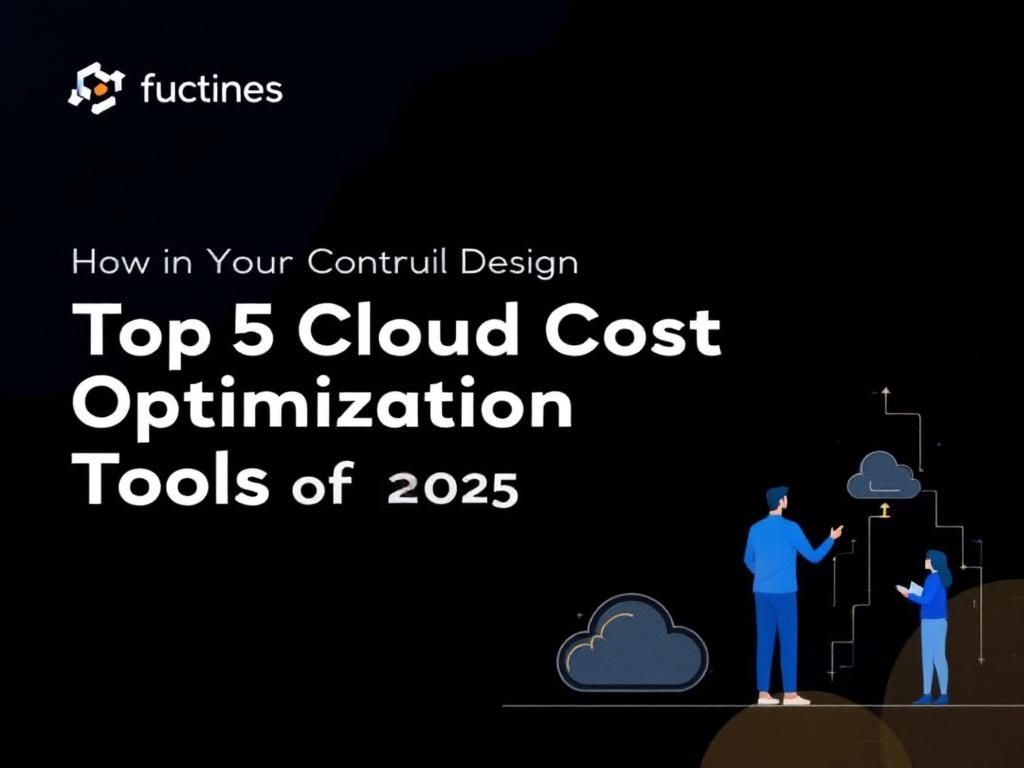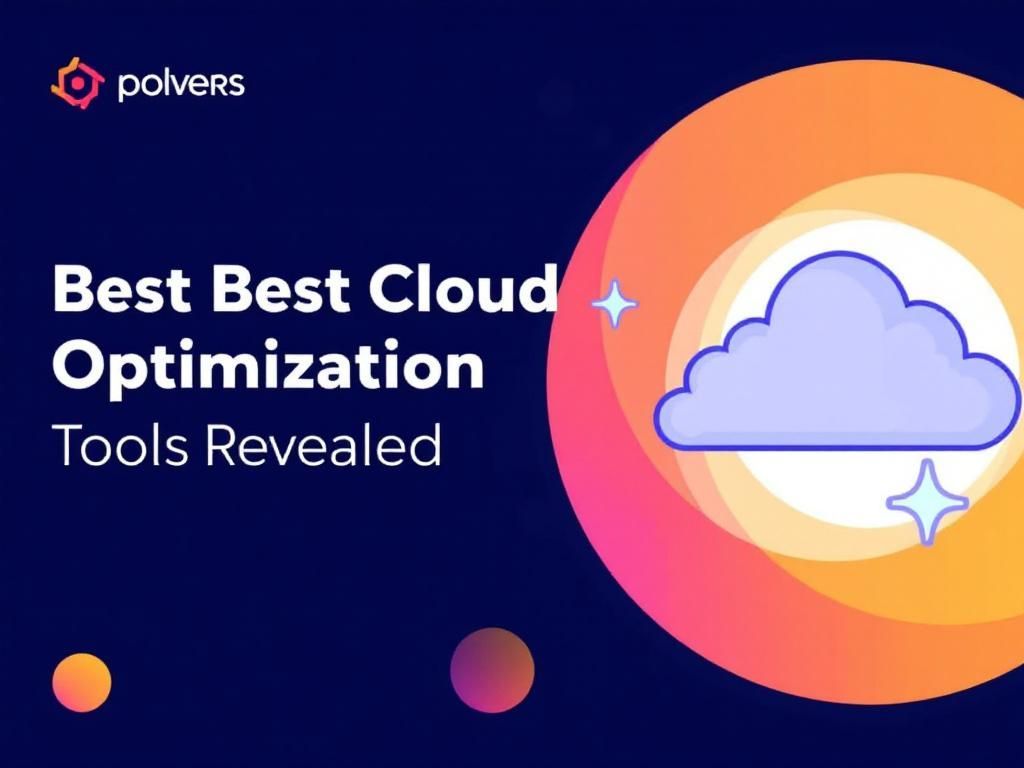Unlocking Private Cloud: 2025 Deployment Strategies
Discover effective strategies for deploying private cloud solutions in 2025, ensuring security, scalability, and efficiency for your business.

As we approach the mid-2020s, the landscape of IT infrastructure continues to evolve, driven by advancements in technology and changing business needs. The deployment of private cloud solutions has become increasingly vital for organizations looking to harness the power of cloud computing while maintaining control over their data and infrastructure. This article delves into the deployment strategies for private cloud solutions in 2025, highlighting essential considerations, best practices, and innovative approaches that can help businesses thrive in a competitive environment.
Table of Contents
Understanding Private Cloud Solutions
Private cloud refers to a cloud computing environment exclusively used by one organization. It offers greater control, customization, and security compared to public cloud solutions. Organizations can benefit from private clouds through:
- Increased Data Security: Data is stored on dedicated servers, minimizing the risk of breaches.
- Compliance: Organizations can adhere to regulatory requirements more easily.
- Customization: Resources can be tailored to fit specific business needs.
- Performance: Dedicated resources can lead to better performance and reliability.
Key Deployment Strategies for 2025
To effectively deploy private cloud solutions, organizations must consider various strategies that align with their business goals. Below are key strategies to implement:
1. Assessing Business Needs
Understanding the specific needs of the organization is crucial before embarking on a private cloud deployment. Key considerations include:
- Current infrastructure capabilities
- Future scalability requirements
- Budget constraints
- Regulatory and compliance considerations
2. Choosing the Right Architecture
There are several architectures to choose from when setting up a private cloud:
| Architecture Type | Description |
|---|---|
| Virtualized Infrastructure | Utilizes virtualization technologies to create multiple virtual machines on physical servers. |
| Dedicated Hardware | Involves using dedicated servers to host applications and services. |
| Hybrid Architectures | Combines on-premises private cloud resources with public cloud services. |
3. Implementing Automation and Orchestration
Automation tools can streamline deployment and management processes, reducing operational overhead. Strategies include:
- Using Infrastructure as Code (IaC) to automate resource provisioning.
- Implementing orchestration tools for managing workloads across multiple environments.
- Leveraging continuous integration and continuous deployment (CI/CD) pipelines for application updates.
4. Prioritizing Security
Effective security measures are paramount in a private cloud environment. Consider the following:
- Implementing robust identity and access management (IAM) policies.
- Utilizing encryption for data at rest and in transit.
- Regularly conducting security assessments and audits.
Trends Influencing Private Cloud Deployments
Several trends are shaping the future of private cloud deployments:
1. Edge Computing
As organizations increasingly rely on IoT devices and real-time data processing, edge computing solutions will become essential. Private clouds can be integrated with edge computing to enhance:
- Data processing speed
- Reduced latency
- Improved bandwidth management
2. Artificial Intelligence and Machine Learning
AI and ML technologies can optimize resource allocation and management within a private cloud. Benefits include:
- Predictive analytics for capacity planning.
- Automated anomaly detection for security purposes.
- Enhanced decision-making capabilities.
3. Containerization
Container technologies such as Docker and Kubernetes enable organizations to deploy applications consistently across environments. Key advantages are:
- Faster deployment times
- Improved resource utilization
- Simplified application management
Best Practices for Successful Deployment
To ensure the successful deployment of private cloud solutions, organizations should adhere to the following best practices:
1. Develop a Comprehensive Migration Plan
A well-thought-out migration plan is essential for a smooth transition. Key steps include:
- Conducting a readiness assessment.
- Identifying critical applications for migration.
- Establishing a timeline for the migration process.
2. Engage Stakeholders
Involving key stakeholders throughout the deployment process helps ensure alignment with business objectives and fosters collaboration. Stakeholders may include:
- IT teams
- Business leaders
- Security and compliance officers
3. Continuous Monitoring and Optimization
Once the private cloud is deployed, continuous monitoring and optimization are vital. Techniques to employ include:
- Utilizing performance monitoring tools to track resource usage.
- Regularly reviewing and optimizing workloads.
- Gathering feedback from users to identify areas for improvement.
Conclusion
The deployment of private cloud solutions is not merely a trend; it is a strategic move for organizations looking to enhance their IT infrastructure. By understanding the nuances of private cloud deployment, leveraging the latest technologies, and adhering to best practices, businesses can unlock the full potential of private cloud computing. As we move into 2025, focusing on adaptability, security, and innovation will be key to maintaining a competitive edge in an ever-evolving digital landscape.
FAQ
What are the key benefits of deploying a private cloud in 2025?
In 2025, deploying a private cloud offers enhanced security, greater control over data, improved compliance, and the ability to customize resources to meet specific business needs.
How can businesses ensure a successful private cloud deployment strategy?
Successful private cloud deployment strategies in 2025 involve thorough planning, assessing infrastructure needs, selecting the right technology stack, and continuous monitoring and optimization.
What technologies are essential for private cloud deployment in 2025?
Essential technologies for private cloud deployment in 2025 include virtualization platforms, container orchestration tools, automation software, and robust security solutions to protect data.
What challenges might organizations face when implementing a private cloud?
Organizations may encounter challenges such as high initial costs, complexity in management, integration with existing systems, and ensuring adequate skill sets among IT staff.
How does a private cloud compare to a public cloud in 2025?
In 2025, a private cloud offers more customization and control, while a public cloud provides scalability and lower costs. The choice depends on specific business requirements and compliance needs.
What role does hybrid cloud play in private cloud strategies in 2025?
In 2025, hybrid cloud strategies allow organizations to leverage both private and public clouds, providing flexibility, scalability, and optimized resource allocation for varying workloads.








